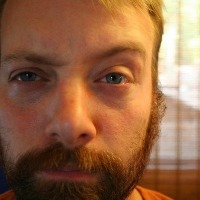
I think general use is where this topic belongs. I have been struggling on how to get my oversized poster-sized maps into digital format. Seems that some of my rare maps can't be found by extensive google searches, so I'm forced to scan them in somehow. Staples, Office Depot, and similar Kinkos printing shops can either do black and white only or charge an outrageous $4 per square foot! I can't afford each poster scan costing $25 or more. Option B was to fold the maps into 8.5x11" section and combine them. After some attempts, the maps have worn new creases on the edges which ruins the posters, and even with some persistence in photoshop, they never line up properly. I don;t want to ruin any more maps and have poor-quality images. Any know of other options to scan posters?








